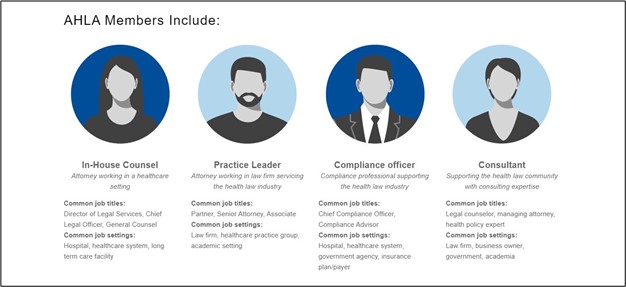Brittany Shoul
Brittany Shoul is the senior vice president of revenue strategy and operations for MCI USA’s Revenue Services division.

When communicating your association’s value to potential advertisers and sponsors, a microsite can replace traditional media kits. Adaptable, responsive, and attuned to their needs, microsites can showcase an association’s sponsorship and advertising opportunities.
When you think media kits, you think shiny, glossy, sharply photographed, impeccably art-directed, lavishly printed, right? Yes, except for the printing.
Today’s state-of-the-art media kit is just that: Designed as a microsite, it’s a responsive digital product that constantly evolves to meet the needs of your sponsors, partners, advertisers, and other stakeholders. And in the current environment, it’s important that those wanting to spend money at your association have an easy time understanding what you have to offer.
Here’s how to maximize your association’s nondues revenue by optimizing your media kit.
Start by understanding that your buyers’ decision-making process isn’t easy. They have access to more sources of information than ever, some being pushed at them without their choice or consent. Your media kit is a communications channel that separates signal from noise, offering valuable, curated information to buyers about your association, its community, and how to connect with them.
Treat your media kit like the other communication channels you are producing—and think like a marketer. Craft a compelling media kit by using visuals that tell the story of your members and how they engage with the opportunities you’re trying to sell. Member personas are a great way to tell the story in an interesting visual format with an infographic or video. [Example infographic below is from AHLA microsite.]

Microsite formats also allow you to link to other content sources, such as a recent issue of your magazine or a recap from your latest virtual event.
As a microsite, your media kit is an interactive user experience. It must be easy to use and access, with shareable links for individual pages and supporting PDF documents only as needed. In other words, don’t send buyers to a static, 28-page PDF. Instead, take advantage of the fact that your media kit is a living platform you can update as often as you want with the latest information about your membership, new advertising and sponsorship products, and more.
Your media kit needs to tell your association’s story in a way that buyers will find engaging. Create content that understands your audience, communicates information about your products for them, and includes sales positioning.
What types of content should you avoid? Statistics, facts, and figures without value support, five-paragraph essays, and clumsy navigation. What should you include? A strong call to action with every click, allowing you to capture leads and reinforce your positioning.
Strong calls to action include:
[Example below is from the RAPS microsite. In addition to a side-by-side comparison of packages, this page of the microsite includes a "contact us" call to action at the bottom.]
Speaking of leads, another major advantage of the digital media kit is that it captures valuable data and analytics your sales team can use to further adjust their approach to buyers.
Connect your association’s Google Analytics account to your media kit microsite so you can track engagement and understand where your clients and prospects are spending time. Additionally, if you’re using a customer relationship management system or marketing automation tool, you can step-up your data capture by creating a lead score model based on marketing and media kit engagement.
Sales teams should engage with this data daily to deliver an intelligent and effective sales effort based on lead and prospect engagement.
Your media kit exists to connect you to your buyers — on their terms. Figure out what they need, why the need it, and how to get it to them. And then do it. That’s the power of a strategically designed digital media kit, which helps customers see the value in investing in your association by making it easy to gather and share information. Complete the process with marketing and sales support from your team — and you’re on the path to revenue growth.